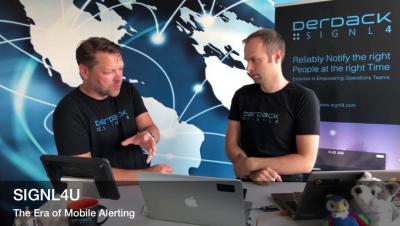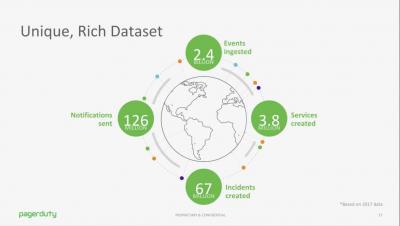Operations | Monitoring | ITSM | DevOps | Cloud
Incident Management
The latest News and Information on Incident Management, On-Call, Incident Response and related technologies.
Building an Intuitive Real-Time Interface for IT Ops Team Productivity
Few things damage productivity as much as waiting. The act of waiting forces us to context switch, disrupts our creative momentum, and eliminates our ability to experiment. Whether we are deploying a new service or troubleshooting a problem, waiting puts a heavy tax on team productivity in IT Operations.
OnPage Incident Management - Perfect for ITOps, Clinical and Crisis Communication
Best Practices for Incident Resolution
Believe it or not, there is a difference between incident closure and incident resolution. Incident closure ensures a problem has been addressed. Comparatively, incident resolution goes a step further by ensuring an incident is closed and all stakeholders are satisfied with the end results and agree with the incident closure.
6 Reasons Why PagerDuty Engineering Stands Out From the Crowd
The other day, a newer Engineering Manager here at PagerDuty, Dileshni Jayasinghe, started a Slack thread expressing joy at how fantastic our engineering team is after attending a conference with engineering folk from other organizations. She explained that she’d shared our practice of owning what we build with someone—who then responded by gazing off into the distance and saying, “That’s my dream.”
6 Things You Need in an IT Incident Management Platform
Your incident management process is greatly impacted by the tools you have available. And technology is key when it comes to gaining visibility and obtaining contextual data. You need tools to send alerts when incidents arise, as well as track activity for compliance reporting purposes. Whether you’re in healthcare, information technology or work at a small MSP – you need a robust incident management platform that gives you results and helps mitigate MTTR.
Incident postmortem writing tips
An incident postmortem is an excellent framework for learning from incidents and turning problems into progress. It also builds trust with customers, colleagues, and end users (basically the folks affected by the incident) and lets them know your team is working to minimize future incidents and impact.
Selecting the Data Science Approach for Your Operations
Incident Management for Media and Entertainment
In the entertainment world, building enterprise apps involves many challenges, such as compatibility with numerous devices and large files like HD videos, along with streaming media to millions of users simultaneously. But today’s entertainment apps are possible only because of a modern approach to software delivery—DevOps brings greater efficiency across the development pipeline.










